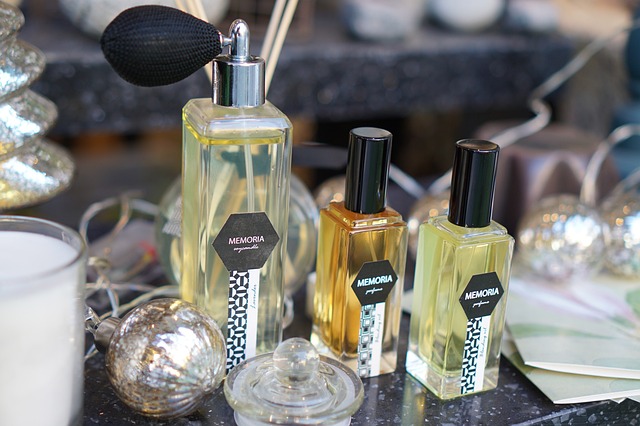Blending Light: A Guide to Using Diffusers in Photography
In the world of photography, light is both a tool and a subject. It shapes our images, defines the mood, and reveals details in a way that words cannot. Yet, raw light can sometimes be too harsh, casting unflattering shadows or creating glare that distracts from the true essence of a photo. This is where the diffuser steps in, becoming a subtle yet powerful accessory that every photographer should embrace.
The Essence of a Diffuser
A diffuser is essentially a translucent material that softens the light before it reaches your subject. Imagine sunlight streaming through a window on a bright day; the direct rays can be intense, but as they pass through thin curtains, the light becomes gentle and even. That is what a diffuser does for photography. By scattering the light, it eliminates harsh contrasts, making your subject glow with a more natural and flattering appearance.
Why Composition and Light Go Hand in Hand
Photography is not just about capturing a scene but composing it. The play of shadows and highlights, the balance between dark and light areas, is crucial to crafting an image that resonates with viewers. Using a diffuser helps you control these elements gracefully. It allows for a smoother transition between tones and prevents the eye from being drawn away by sharp, distracting shadows. Through effective use of a diffuser, the camera becomes an instrument for storytelling, where every pixel contributes harmoniously to the narrative.
Optimizing Your Camera and Optics with a Diffuser
While modern cameras and lenses boast incredible optics that enhance image quality, they also depend on controlled lighting conditions to perform their best. Overexposure and glare can overpower the sensor, washing out colors and flattening textures. Integrating a diffuser in your photographic setup not only protects your camera’s sensor but enriches the depth of your imagery. The enhanced light quality brings out subtle details in your subjects—whether it’s the delicate texture of a flower petal or the expressive contours of a human face.
Practical Tips for Using Diffusers
- Choose the right diffuser size: Larger diffusers soften light over a wider area, perfect for portraits and indoor shoots.
- Positioning matters: Place the diffuser between your light source and the subject to control shadow direction and intensity effectively.
- Experiment with natural light: Use a diffuser outdoors to tame strong sunlight, transforming a harsh midday sun into a flattering glow.
- Combine with reflectors: Bouncing softened light back onto your subject fills shadows and adds dimension.
In essence, embracing a diffuser in your photographic practice is about more than just managing light; it’s about refining your creative vision. It enables you to see light as a malleable canvas, shaping every frame with subtlety and intention. As you blend light with skillful composition, your photos will speak louder, inviting viewers into a world crafted with both technical proficiency and artistic sensitivity.



